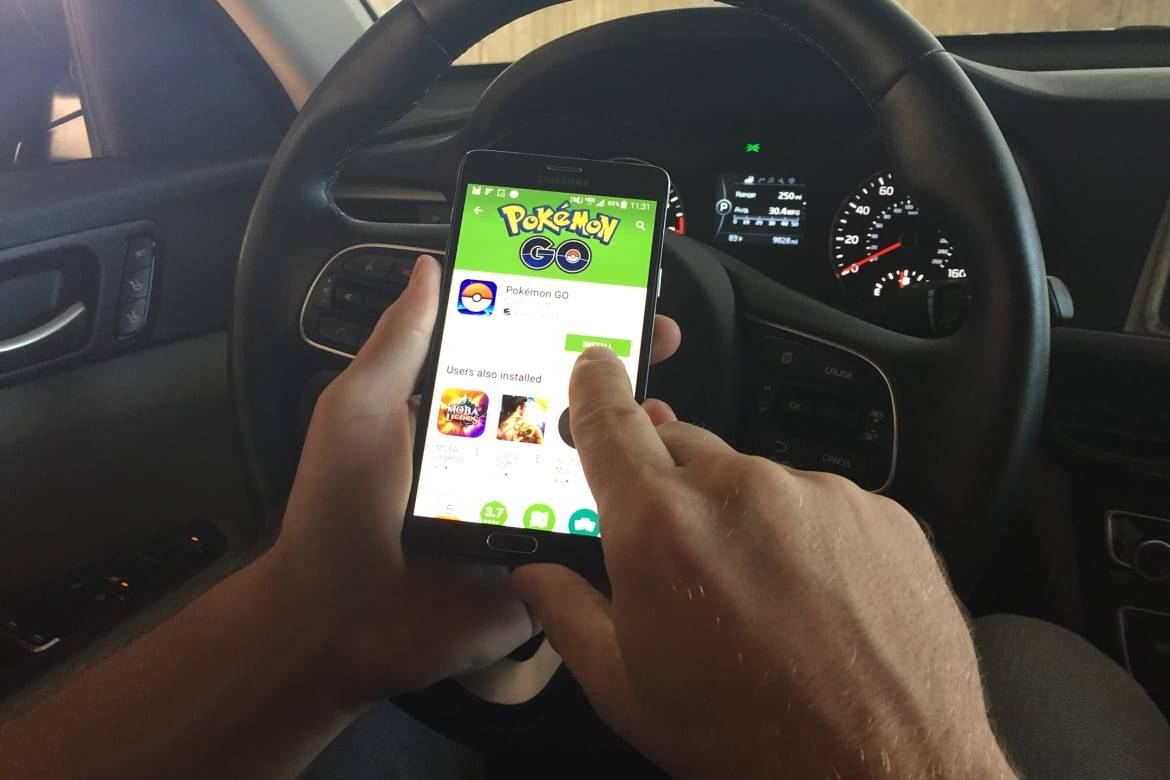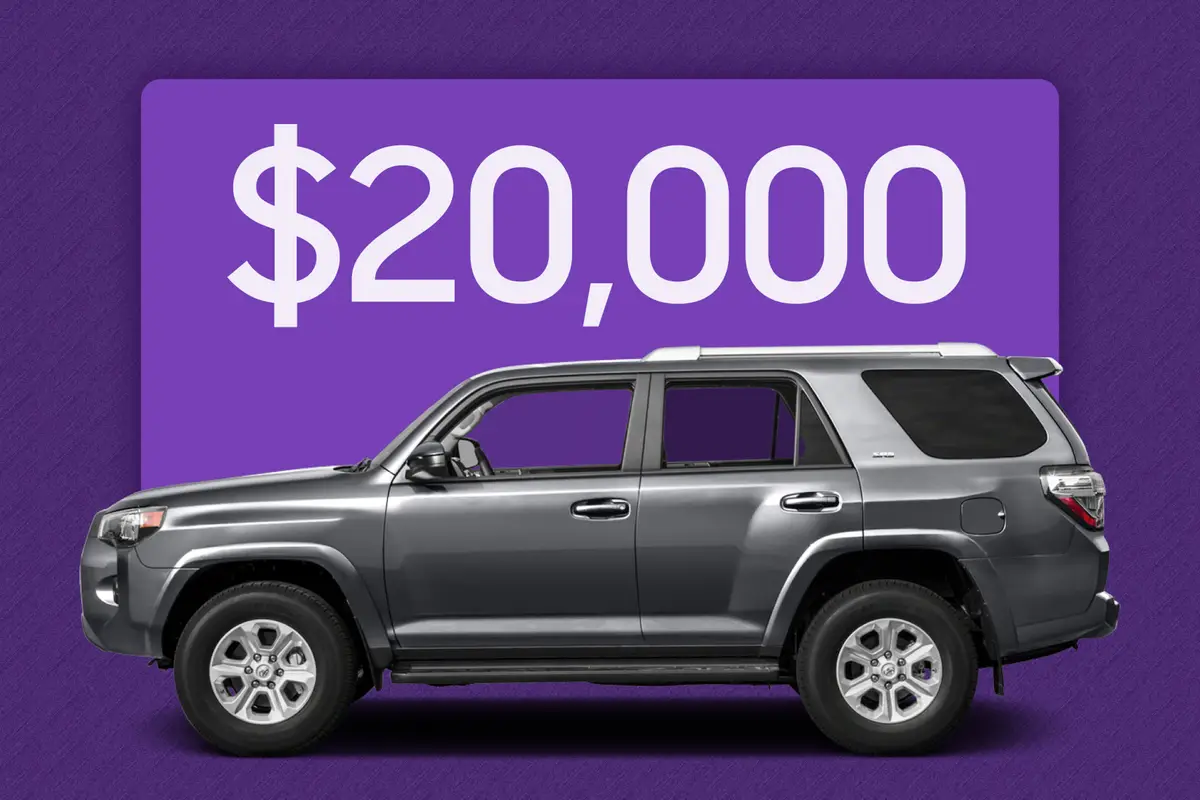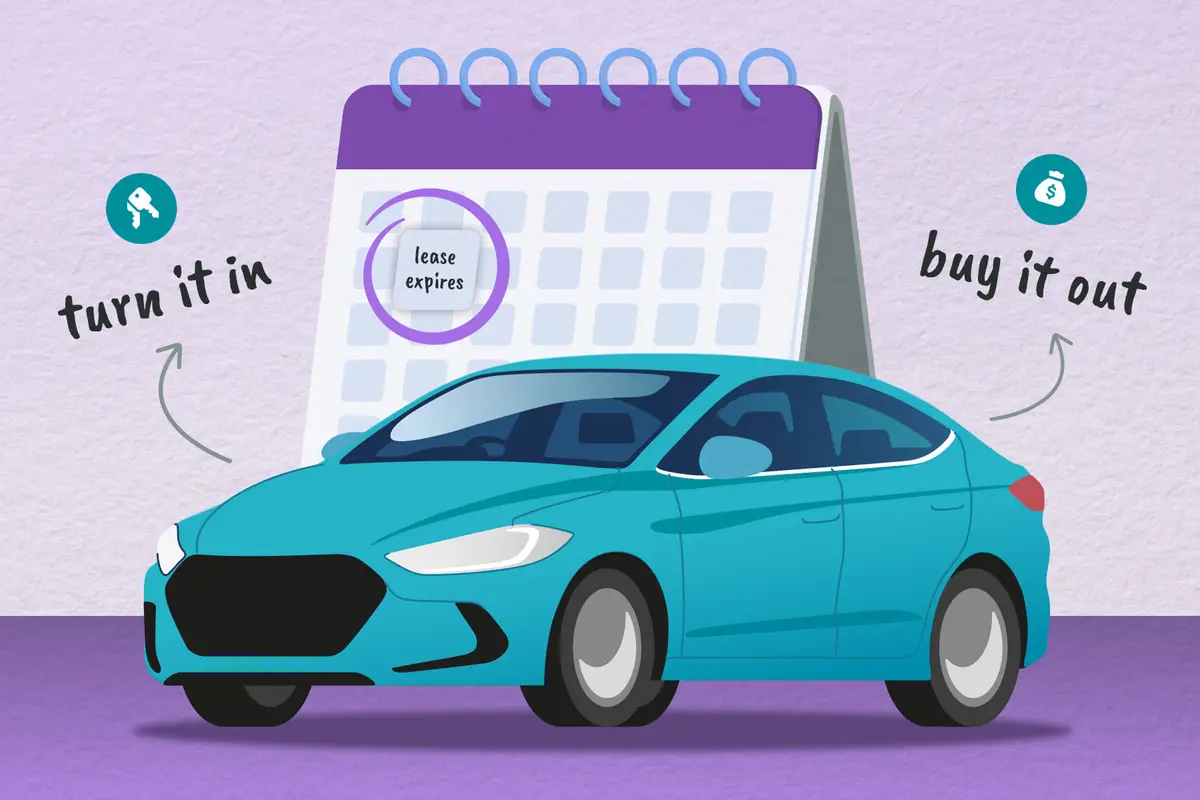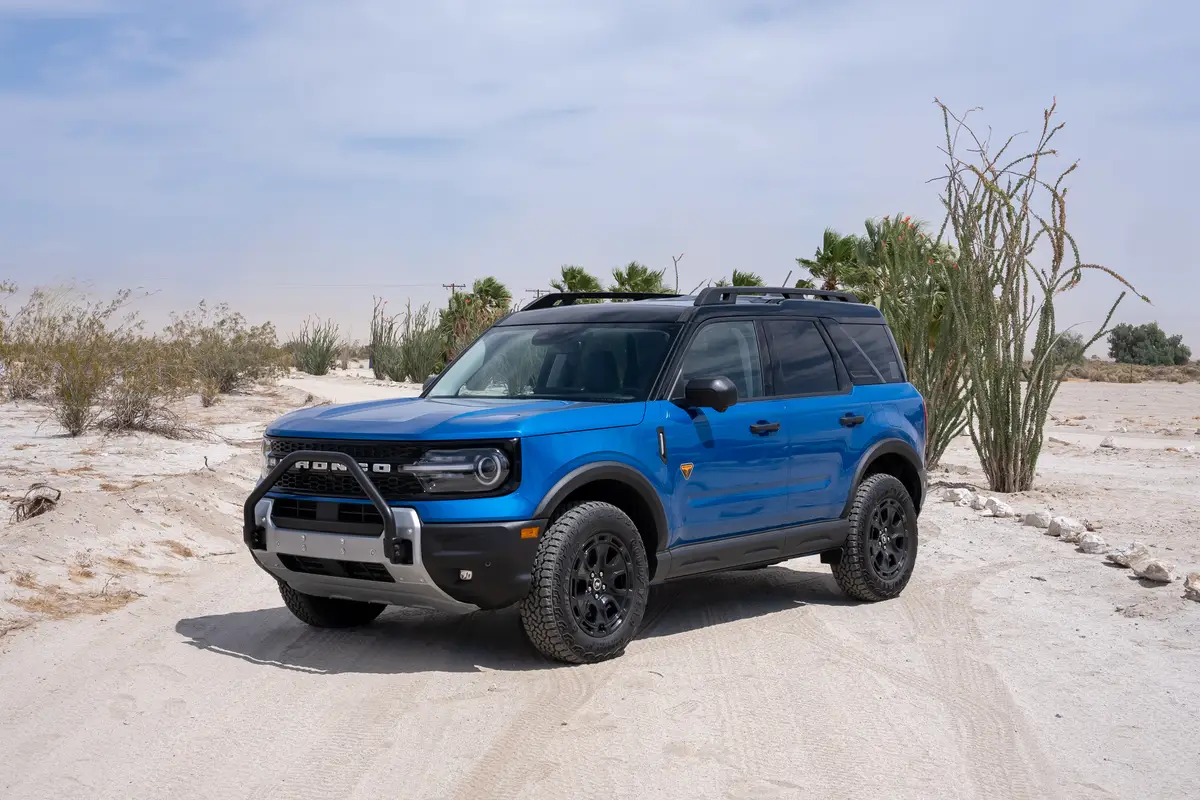Add 'Pokemon Go' to Driving Distractors List


CARS.COM — Back in 1984, when the Ghostbusters were apprehending apparitions with proton packs and ghost traps on the silver screen, no one could’ve foreseen that three decades later people in real life would be catching “Pokemon Go” creatures with phones. There’s one major difference, though: Bill Murray never tried to nab Slimer while driving down the street in Ecto-1 at the same time.
Related: Pokemon Go a No-Go Behind the Wheel, Insist Safety Advocates
When popularity of the app-based video game “Pokemon Go” — which uses your smartphone’s GPS system to place digital creatures for “capture” in your real-world landscape — first hit a fever pitch, many speculated that it was only a matter of time before a car crash occurred as a result of playing while driving. Spoiler alert: They were right.
USA Today reported that a driver in Auburn, N.Y., was injured the night of July 12 when he ran off the road and struck a tree while playing “Pokemon Go.” On July 26, a teenage girl crashed her pickup truck into a utility pole, knocking out power in an area of Napa, Calif.; she was suspected to also have been playing the game at the time of the collision, local news sources reported. And most unfortunately ironic among widely reported incidents: Early July 18 in Baltimore, officer body-camera footage showed an SUV crashing into a parked police cruiser due to driver distraction caused by the mobile game, the Huffington Post reported.
Safety advocates initially took a tongue-in-cheek approach on social media, urging players “NOT to engage in Pokemon catching behind the steering wheel.” But the above incidents are a reminder that distracted driving is a gravely serious matter, and that the cognitive dissonance displayed by motorists who somehow recognize the danger of texting while driving but not of Pokemoning merits special attention.
Distracted driving, according to the U.S. Department of Transportation, in 2014 was implicated in 10 percent of all fatal crashes involving drivers ages 15 to 19. Drivers in their 20s represent more than a quarter of distracted drivers, and 38 percent of those were using a smartphone at the time of a fatal crash.
A study released this month by Liberty Mutual Insurance and Students Against Destructive Decisions showed that while just more than a quarter of teens admitted to texting and driving, more than two-thirds copped to using smartphone apps behind the wheel. The study, conducted in February and April with the participation of more than 5,000 teens, took into account not just what survey respondents reported, but measured their unconscious biases, as well, revealing gaps in what teens believe versus how they behave.
“Teens as a whole are saying all the right things, but implicitly believe using their phone while driving is safe and not a stressor or distraction behind the wheel,” Dr. Gene Beresin, senior adviser on adolescent psychiatry with SADD, said in the report.
In the survey portion of the study, 95 percent of teens acknowledged that app use while driving is dangerous. However, during “implicit association testing,” 80 percent of subjects presented with a visual of an app notification appearing on a smartphone were deemed to fundamentally view app use while driving as not distracting. Moreover, despite 41 percent stating that using navigation apps while driving is distracting, 58 percent still reported doing so, and 46 percent use music apps despite 64 percent believing doing so behind the wheel is dangerous.
Implicit association testing also revealed that teens believe checking a notification or opening an app while driving is less dangerous than texting, researchers reported. This makes phone use by inexperienced teen drivers all the more concerning.
“Any behavior that takes your eyes and focus off the road, even for mere seconds, can impair your ability to react to hazards and other vehicles,” said Dr. William Horrey, principal research scientist at the Liberty Mutual Insurance Research Institute for Safety, in a statement.
Liberty Mutual and SADD urge parents to discuss distracted driving with their teens, and encourage young drivers to adopt safe driving practices. For example, drivers can resist the temptation to check a notification or open an app by placing their phone out of reach and on silent before starting the car. They also can avoid trouble with navigation apps by mapping out their route before taking off, and pulling over to check directions.
Parents can find Liberty Mutual’s discussion guide to help get the conversation started with teens here.

Former Assistant Managing Editor-News Matt Schmitz is a veteran Chicago journalist indulging his curiosity for all things auto while helping to inform car shoppers.
Featured stories




